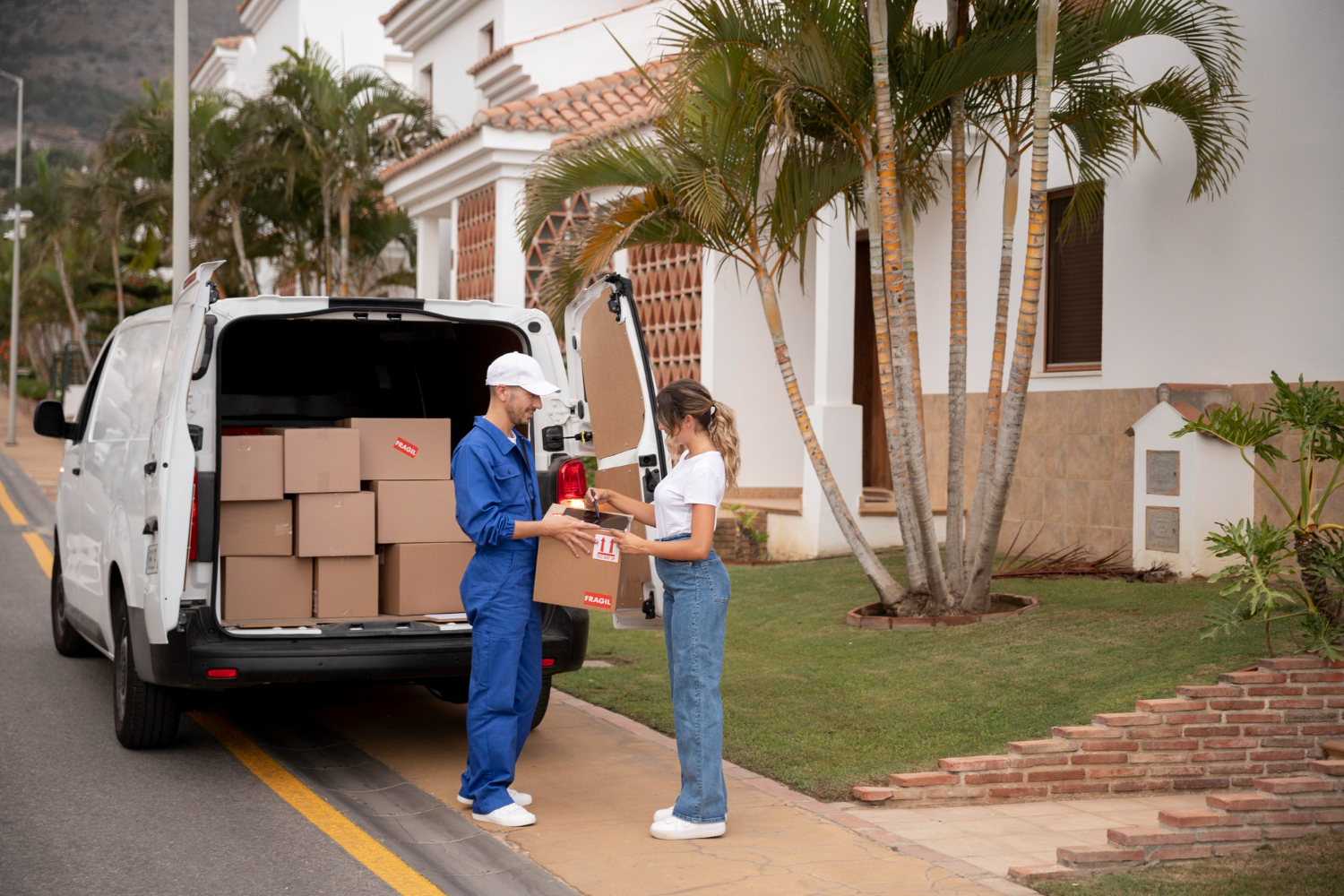
Table of Contents:
- Pre-Move Planning Strategies
- Choosing the Right Moving Company
- Understanding Long-Distance Moving Challenges
- Packing Techniques for Long-Distance Moves
- Navigating the Complexities of Moving Regulations
- Ensuring Your Belongings Are Safe and Insured
- Setting Up Essential Services in Your New Home
- Adjusting to Your New Environment
- Budgeting for Your Long-Distance Move
- Final Checklist and Moving Day Tips
Pre-Move Planning Strategies
Thorough planning is essential before lifting a single box. Start by creating a timeline for your moving process to map out when to tackle each task. Declutter your space efficiently, distinguishing between items to keep, donate, or discard. This step alone can significantly reduce moving costs and simplify the packing process.
Choosing the Right Moving Company
The moving company you choose can make or break your interstate transition. When vetting long distance moving companies, investigate their credentials, customer feedback, and how they handle estimates. Ask about their experience with long-distance moves and request an in-person estimate to avoid surprises. Movers should be licensed and insured, giving you confidence that they’ll handle your belongings responsibly.
Understanding Long-Distance Moving Challenges
Long-distance moves are inherently more complex than their local counterparts. The sheer distance involved means you’ll navigate not just a physical move but also a series of logistical and emotional transitions. One may encounter challenges such as coordinating with movers across time zones, handling various state-specific regulations, and dealing with the uncertainty of a new environment. It’s also not uncommon to feel a sense of loss as you bid farewell to familiar neighborhoods, friends, and routines.
Packing Techniques for Long-Distance Moves
Packing for a long haul requires extra care and consideration. Items must be secured against shifts over transport miles, so invest in quality moving supplies, like sturdy boxes, bubble wrap, and packing peanuts. Another tip is to pack a personal essentials bag with items you’ll need easy access to during the move. Be thorough with your labeling; include a detailed list of contents on each box, which will greatly assist with unpacking and organizing at your new home.
Navigating the Complexities of Moving Regulations
Each state has its own set of rules governing long-distance moves. These include regulations about certain types of goods that can be moved across state lines and specific transportation and licensing requirements for moving companies. Familiarize yourself with these regulations early on to prevent any potential legal or logistical setbacks that could delay your move.
Ensuring Your Belongings Are Safe and Insured
The right insurance protects your belongings when moving long distances. Review different insurance options available through the moving company or your insurance provider. Understanding terms such as valuation and deductibles can help you select the appropriate protection plan for your needs.
Setting Up Essential Services in Your New Home
While still in your old home, ensure that all essential services will be up and running in your new place by the time you arrive. Contact service providers for utilities, internet, and other essentials to schedule connections or transfers. This prep work means fewer chores upon arrival, so you can focus on settling in and relaxing in your new environment.
Adjusting to Your New Environment
Once you’ve moved, give yourself grace during the adjustment period. Explore local attractions, join community events, and introduce yourself to neighbors. Remember that nurturing a sense of belonging in a new place often starts with small steps, like finding a new favorite coffee shop or establishing new routines. Such endeavors turn a residence into a home.
Budgeting for Your Long-Distance Move
Financial strategy is as important in a long-distance move as logistical planning. Constructing a detailed budget for the move, including all predictable expenses, such as moving company fees and packing materials, helps anticipate costs. Remember to factor in potential unexpected expenses like temporary housing or storage fees if things go differently than planned.
Final Checklist and Moving Day Tips
The countdown to moving day can amp up the stress, but a comprehensive checklist can keep things under control. Confirm all details with your chosen moving company a week before the move, arrange for pet care or child care as needed, and plan your travel accommodations. On the day of the move, keep essential documents and valuables with you, and maintain a positive outlook. Embrace the journey ahead as a move and an adventure toward a new chapter in your life.


